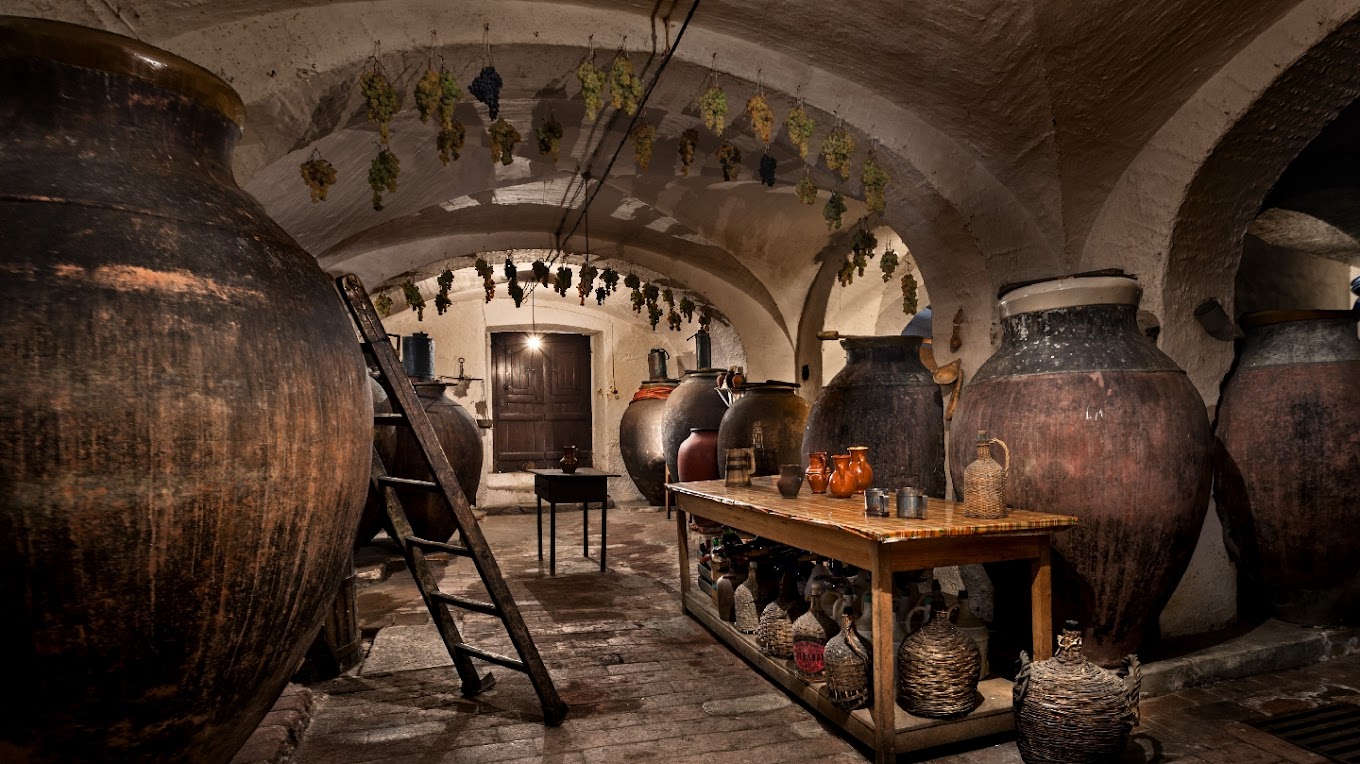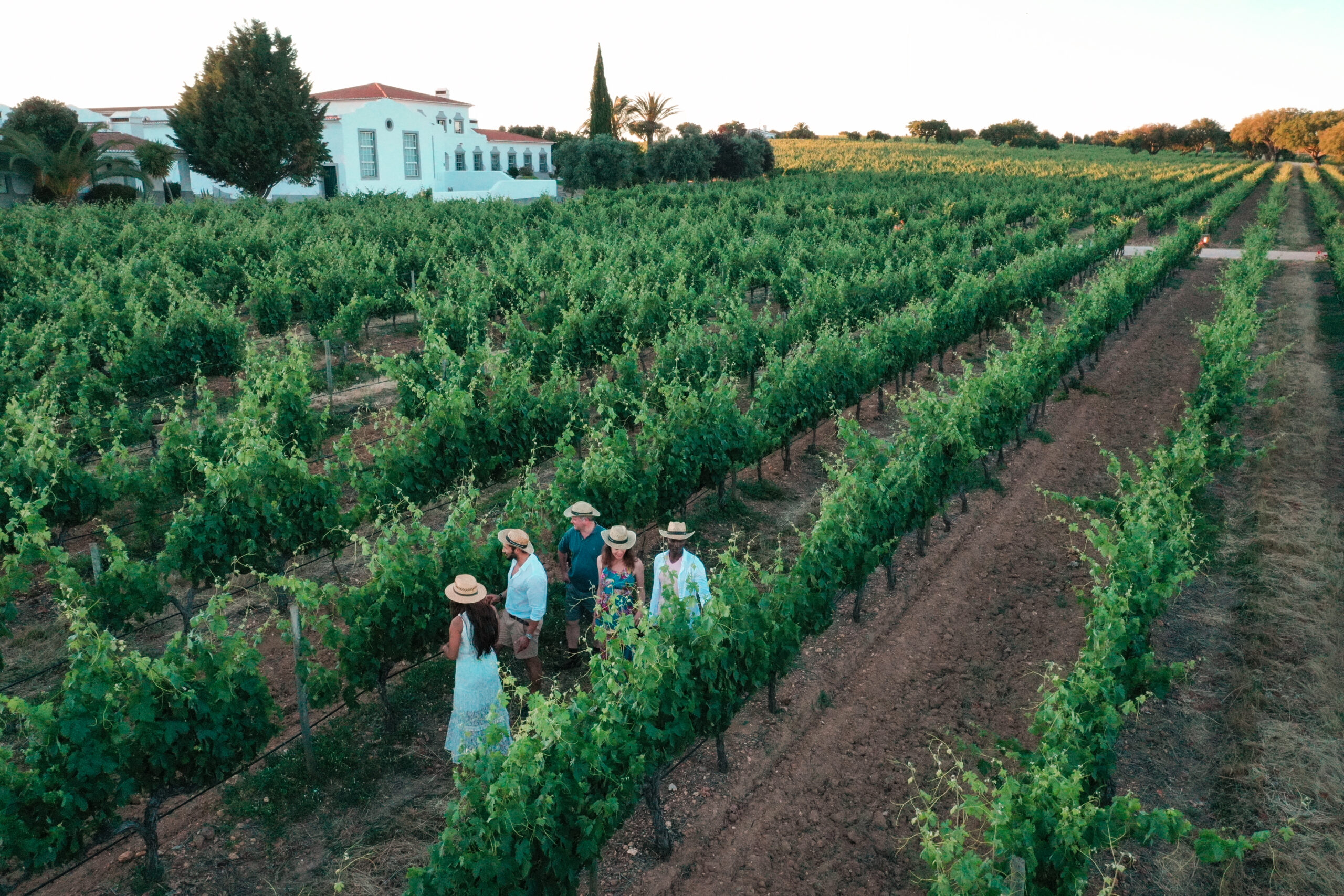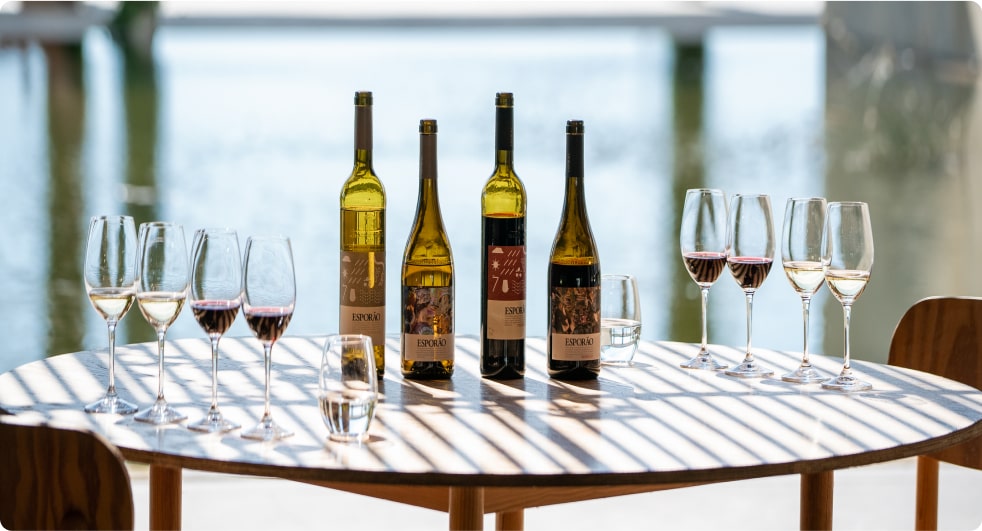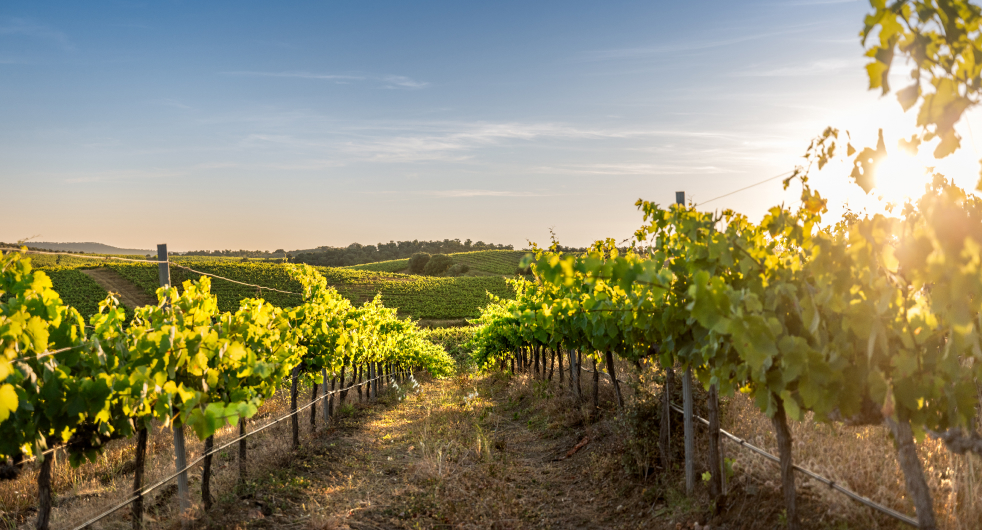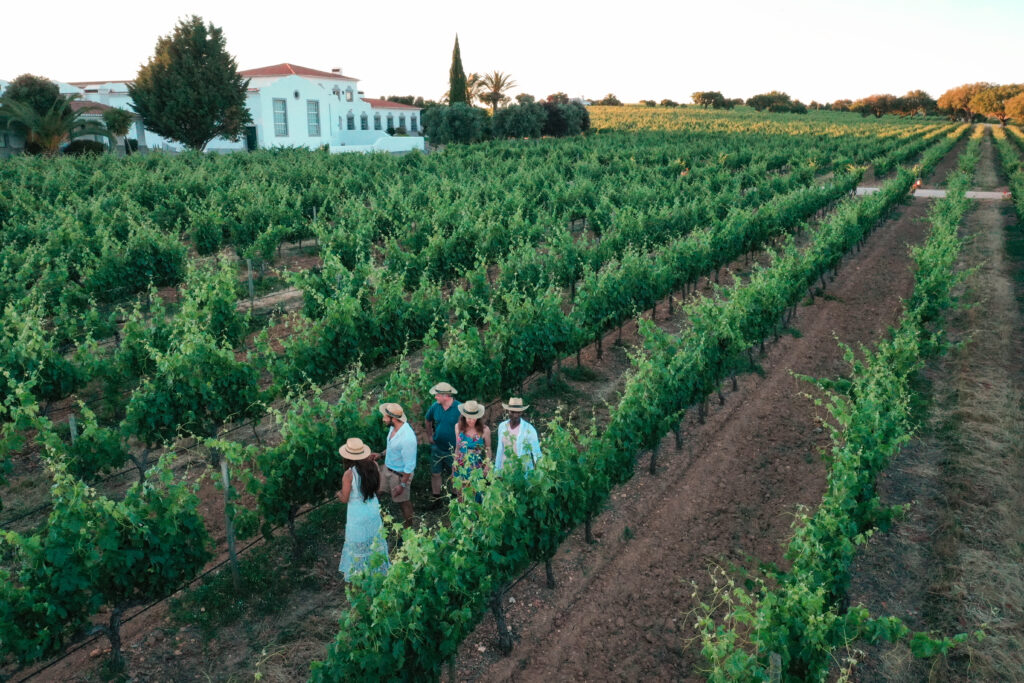The history of wine in Alentejo spans thousands of years, embodying the resilience and adaptability of this unique region. Known for its vast plains and warm climate, Alentejo’s terroir has consistently produced rich, authentic wines that have accompanied generations through prosperous times and challenging periods. Today, Alentejo stands as one of the most recognized names in Portuguese winemaking, offering wines that capture the essence of its culture and tradition.
The Origins of Viticulture in Alentejo
While the exact introduction of the vine to Alentejo remains uncertain, archaeological evidence suggests that wine culture was present even before the Romans arrived. The Tartessians, an ancient Iberian civilization, were likely the first to cultivate vines in the area. Later, the Phoenicians and Greeks expanded wine trade, bringing this culture to new markets.
However, it was with the arrival of the Romans that vine cultivation significantly grew, along with production techniques. The Romans introduced practices like using clay amphorae for fermentation and storage—a method still alive today. These large amphorae, sealed with pine resin, remain a hallmark of Alentejan viticulture, symbolizing the people’s deep-rooted connection to wine.
Christianity’s Influence and the Challenges of Muslim Occupation
With the rise of Christianity, wine gained even greater importance, essential for Eucharistic rituals. This further solidified vine culture, despite the challenges of Muslim rule in the Iberian Peninsula. Though Muslims initially allowed wine production, it was gradually suppressed due to the Quran’s prohibition of alcohol. Yet, tradition endured, and with the Christian Reconquest, viticulture once again flourished in Alentejo.
Centuries of Crisis and Renaissance
In the 17th century, Alentejan wines achieved great prestige in Portugal. However, the following century brought a prolonged crisis, with the creation of the Real Companhia Geral de Agricultura dos Vinhos do Alto Douro, favoring Douro wines over others. The 19th century saw some vineyard recovery, particularly when Vidigueira’s white wine from Quinta das Relíquias, presented by the Count of Ribeira Brava, won top honors at the 1888 Berlin Exhibition, with other wines from Évora, Borba, Redondo, and Reguengos also receiving acclaim.
This resurgence was short-lived, due first to phylloxera and later to the Estado Novo policy in the 20th century, which promoted cereal production over vineyards. It wasn’t until the 1970s, with cooperatives and European Union support, that Alentejo regained prominence in winemaking.
Sustainability and Modernity in Alentejan Wines
Today, Alentejo is known for its commitment to sustainable winemaking. The Alentejo Wines Sustainability Program, developed by CVRA in partnership with the University of Évora, embraces a modern and conscious approach to viticulture. This initiative underscores Alentejo’s dedication to preserving the quality and authenticity of its wines while respecting the environment and promoting responsible practices.
With eight unique sub-regions—Portalegre, Évora, Borba, Redondo, Reguengos, Vidigueira, Moura, and Granja/Amareleja—Alentejo offers a range of wines for all tastes. These wines reflect the distinct Alentejan terroir, from intense and aromatic reds to fresh, versatile whites, and talha wines that capture the spirit of Roman tradition. Alentejo is a place where tradition and innovation coexist in harmony, creating wines with a deep, authentic soul.
Explore Alentejo with Alentejo Viti Tours
Discover the rich history and culture of Alentejo with Alentejo Viti Tours. Our experiences include the Family Affair Tour, which takes you to Estremoz, and the Architecture and Wine Tour, visiting the Redondo area—both notable marks in the City of Wine 2025. Join us in exploring the vineyards, wineries, and winemaking traditions that make Alentejo a one-of-a-kind destination.
